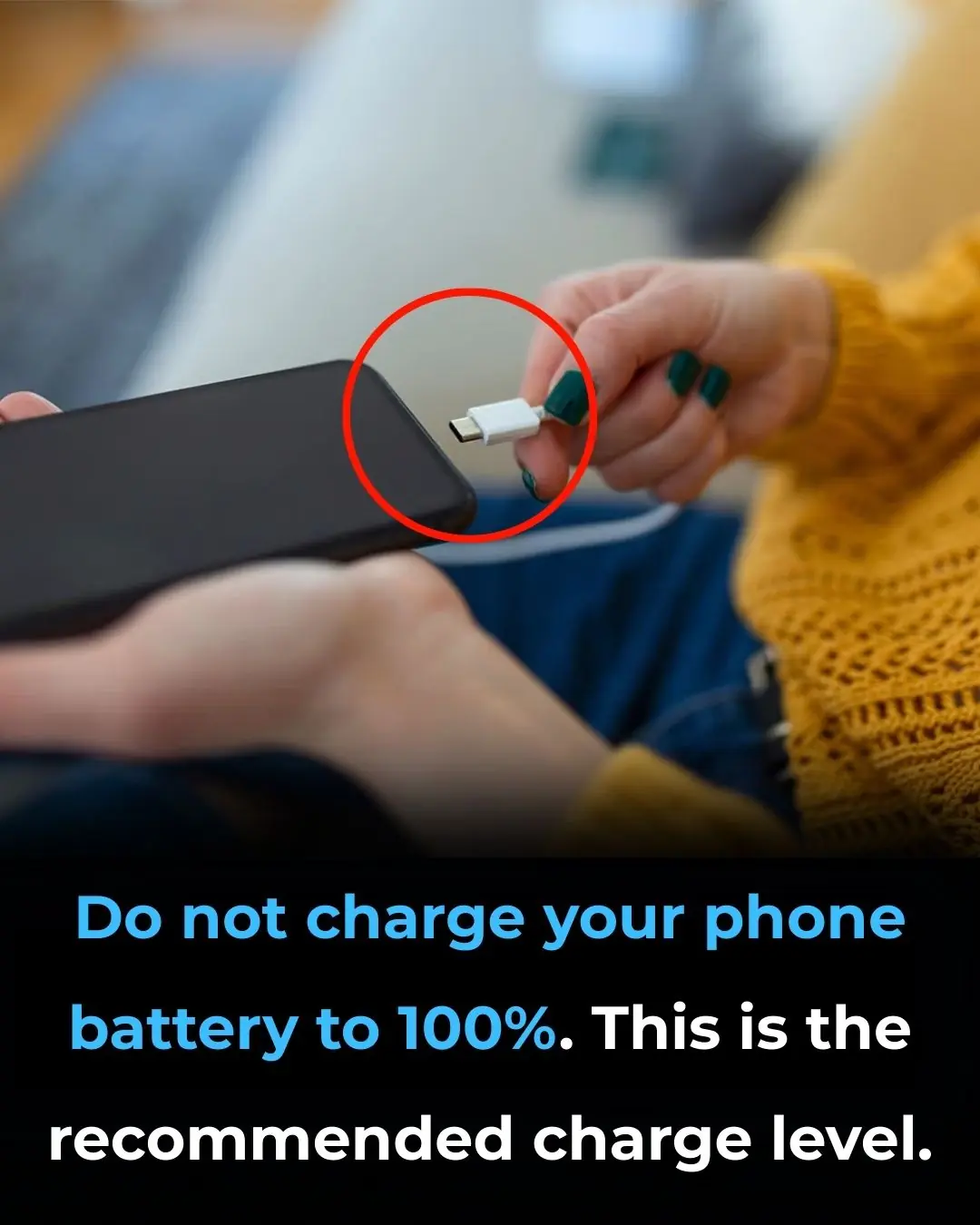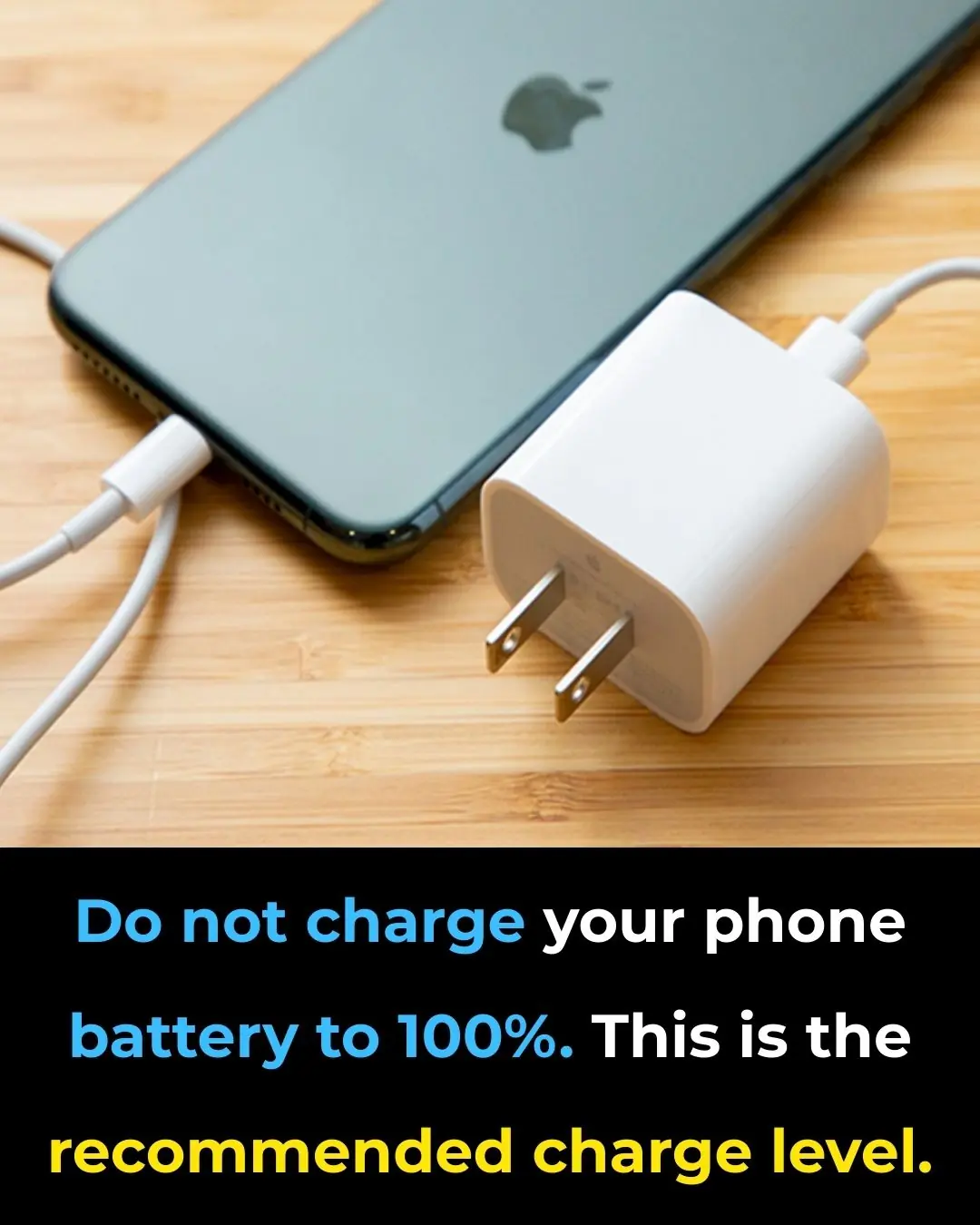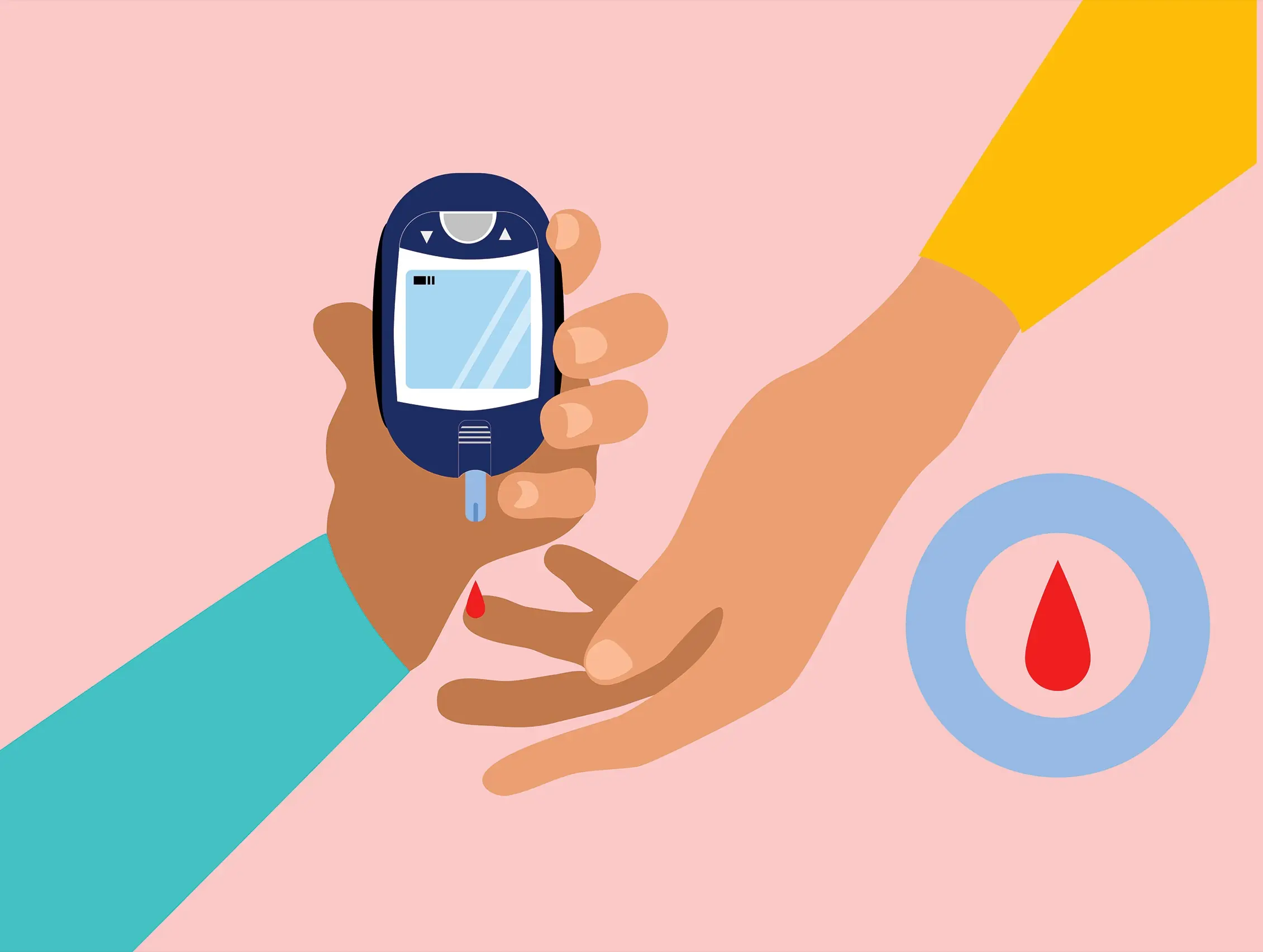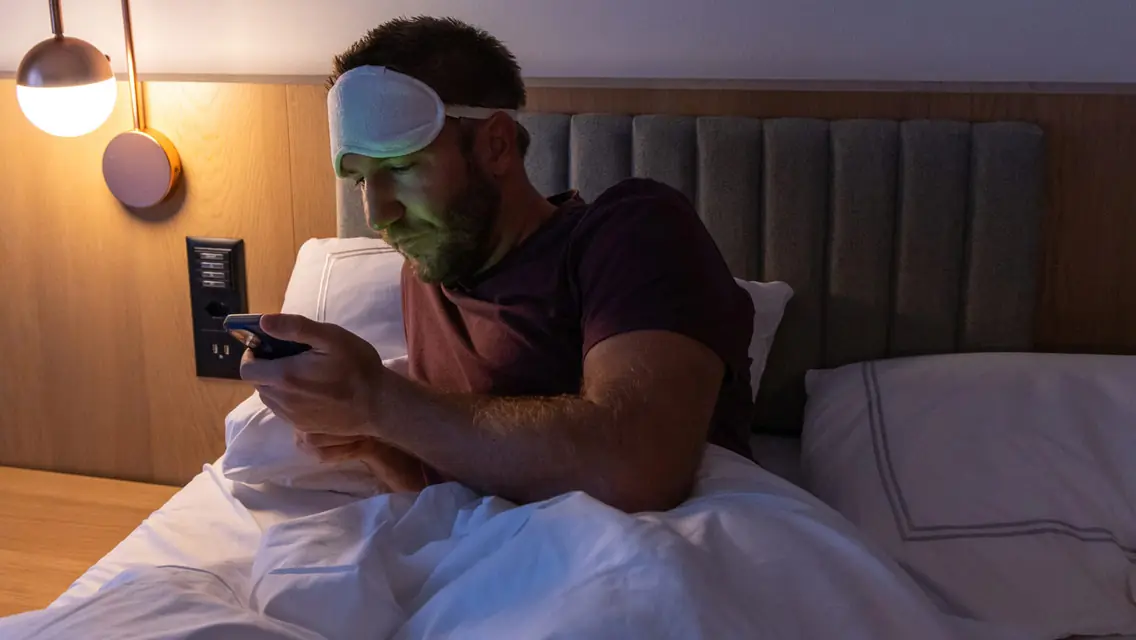
Phones Now Banned in Schools Across 26 States

The Silent Halls: America’s Phone-Free School Movement
Picture walking into school and realizing something feels different. The constant soundtrack of buzzing notifications, camera clicks, and whispered TikTok references has vanished. In its place? Real conversations, the scrape of chair legs, and—dare we say—a little boredom. Across the United States, this is no longer a thought experiment but a growing reality. In just two years, school phone bans have swept through more than half the country, igniting relief, rebellion, and big questions about how young people connect when their screens are out of reach.
The Legislative Wave — From Florida to 26 States

When Florida became the first state to pass a law regulating cellphone use in public schools in 2023, it set off a domino effect across the nation. By May 2025, 26 states had enacted laws either banning or restricting student phone use, while eight others plus the District of Columbia issued rules or recommendations to local districts.
The list of states with formal legislation now includes Alabama, Alaska, Arkansas, Florida, Georgia, Idaho, Indiana, Kentucky, Louisiana, Maine, Maryland, Michigan, Minnesota, Mississippi, Nebraska, Nevada, New Jersey, New Mexico, New York, North Carolina, North Dakota, Ohio, Oklahoma, Tennessee, Texas, and Utah.
The momentum has been staggering. Seventeen of these laws passed in 2025 alone. Connecticut Rep. Jennifer Leeper, a Democrat and co-chair of the state’s Education Committee, described phones as “a cancer on our kids,” blaming them for rising isolation, loneliness, and declining attention spans. Remarkably, Republicans echo these concerns. After Georgia enacted its K–8 phone ban, GOP Rep. Scott Hilton declared, “This is not just an academic bill. This is a mental health bill. It’s a public safety bill.”
Recent signings have underscored the bipartisan consensus. In Nebraska, Republican Gov. Jim Pillen approved a law banning phones throughout the entire school day, while Alaska lawmakers overrode Gov. Mike Dunleavy’s veto of an education bill that mandated phone regulation.
The message is clear: lawmakers across the political spectrum now see controlling phone use in schools as central not only to education but to safeguarding children’s mental well-being and restoring social interaction.
Beyond the Classroom — The Rise of ‘Bell-to-Bell’ Bans
Florida’s original 2023 law prohibited phones during class but allowed them at lunch or in hallways. Now, the state is pushing for an even stricter version that would ban devices throughout the school day for elementary and middle schoolers, pending Gov. Ron DeSantis’ signature.
This shift reflects a wider national trend. According to the Associated Press, ten states and the District of Columbia have already implemented “bell-to-bell” bans—rules that cover the entire school day, not just instructional periods. These policies go further than the seven states that limit use only during lessons.
North Dakota illustrates the momentum. When signing the state’s full-day ban, Gov. Kelly Armstrong said it was “a huge win,” pointing out that parents, teachers, principals, and school boards all demanded the change. During a school visit, he noticed students chatting and laughing at lunch tables instead of hunching over screens—evidence, he argued, that phone-free schools foster healthier interactions.
Advocacy groups are helping drive this wave. The think tank ExcelinEd, founded by former Florida Gov. Jeb Bush, has actively promoted all-day bans. Senior policy director Nathan Hoffman argues that banning phones outside of classrooms is crucial: “That’s when you see the worst disruptions—students recording fights in hallways or posting harmful content. Even if it doesn’t go viral, it erodes school climate.”
Why States Are Banning Phones: Mental Health, Learning, and Safety
The arguments for banning phones cluster around three themes: mental health, academics, and safety.
Federal data reinforce these concerns. In February 2025, the National Center for Education Statistics reported that over half of U.S. school leaders believe phones negatively affect learning, and many more say they undermine student focus and emotional health. Commissioner Peggy Carr described it bluntly: “Schools are facing a critical issue. Phones are more than just a classroom distraction.”
The U.S. Surgeon General has also weighed in, warning that social media is “nearly universal” among teens but lacks proven safety for adolescent brain development. Research shows teens who spend three or more hours a day on social media are twice as likely to report poor mental health outcomes. While the advisory acknowledges benefits—such as identity formation and peer connection—it urges households to create tech-free zones and calls for stronger policy guardrails.
Academic evidence, however, is mixed. A major study in England found that banning phones boosted test scores, especially for struggling students, without harming high performers. Yet a Swedish replication failed to find any measurable gains, suggesting results may vary by context. International assessments like PISA emphasize that while reducing digital distractions helps, students also need to learn how to self-regulate device use.
Safety concerns add another layer. Advocates argue that banning phones reduces hallway altercations, cyberbullying, and viral “fight videos.” Some lawmakers frame phone bans as essential to maintaining order, not just learning outcomes.
Rules, Exceptions, and Pushback
Despite common goals, state laws differ widely. Florida and Georgia allow phones during lunch or transitions, while Nebraska, Louisiana, and North Dakota enforce strict bell-to-bell bans. Some states prefer flexibility—Maine leaves the decision to local districts, and eight states plus D.C. issue only non-binding recommendations.
Exceptions are also common. Students who need medical devices, special education accommodations, or language-learning tools are usually exempt. Some carve-outs are highly specific: South Carolina lets volunteer student firefighters keep phones, and West Virginia permits smartwatches as long as they don’t allow communication.
Still, opposition remains strong. Many parents worry about losing contact during emergencies. The Apalachee High School shooting in Georgia reignited these fears after a mother’s warning call to administrators failed to prevent tragedy. Others, especially in states like Wyoming, resist blanket bans altogether. A proposed ban there failed in January 2025 after senators argued that such decisions belong to parents and local school boards.
The result is a patchwork: some states enforce strict bans with locking pouches, others delegate to local districts, and many are still experimenting. The tension between central authority and family choice continues to shape the debate.
How to Survive (and Even Enjoy) a School Phone Ban
Adjusting to a phone-free school can feel jarring. But students and parents are finding ways to adapt:
-
Swap Your Scroll – Carry a small puzzle, sketchbook, or paperback to fill downtime.
-
The “Inbox” Trick – Keep a notebook for messages or ideas you want to look up later.
-
Mini Digital Detoxes – Practice phone-free meals or mornings at home.
-
Contact Plan – Parents should know exactly how to reach their child via the school office.
-
Old-School Friendships – Use breaks to actually talk face-to-face.
-
Self-Control Training – Treat the ban as practice for managing devices in college or work.
-
Reward Progress – Celebrate a phone-free week with something fun and intentional.
The key is reframing the ban not as punishment, but as an opportunity for healthier habits and richer interactions.
Life Beyond the Screen
What began in Florida as a bold experiment has turned into one of the fastest-spreading education movements in recent memory. Supporters call it a reset—an overdue way to reclaim focus, rebuild community, and reduce drama. Critics warn it’s an overreach, ignoring how deeply digital life is woven into modern adolescence.
But regardless of where you stand, one fact is clear: these bans are reshaping school culture. They are forcing students, teachers, and parents alike to rediscover how to navigate a day without a device constantly in hand. And in the process, they may be teaching a broader lesson: that sometimes, the value of being present outweighs the pull of a glowing screen.
The open question now is not whether phone bans will spread further, but how long their lessons will echo once the final bell rings.
News in the same category


Texas House Votes To Permit Over-the-Counter Access To Ivermectin

Playful ICE Arrest Mugshot Explodes Online — And The Real Reason Will Surprise You

The difference between the spirit of a loved one and other forces

Why Sleeping in Socks Might Be the Secret to Better Sleep

The World’s Strongest Animal Isn’t an Elephant or Bear

Your Smartphone Battery’s Lifespan Depends on How You Charge It—Here’s How to Do It Right

How to Extend Your Smartphone Battery’s Lifespan

Hotel Room Red Flags You Should Never Ignore

Trump Announces Eye-Watering $200,000,000 White House Renovation Plans

Turkey bars Israeli ships from its ports, restricts airspace

Man develops 'pork worms' in his brain after years of doing this specific cooking habit

Woman who d::ied for 24 minutes before being brought back to life details exactly how it felt

‘Healthy Man’ Diagnosed With Cancer After Noticing Dog’s Bizarre Behavior Around Him

Nearly 64% of All Bottled Water in America Is Just Tap Water. These Are the Brands.

The difference between the spirit of a loved one and other forces

One Swedish man replied to all those who wondered how people live in such tiny apartments by showing his own

Expert issues warning to couples as 'menodivorce' becomes increasingly common in relationships

Christina Applegate reveals how her MS diagnosis has ‘broken’ her 14-year-old daughter Sadie
News Post

Science Reveals How This Physical Trait May Indicate Narcissism

Nighttime Habits That Increase Your Risk of Stroke

Add a few drops of essential oil to the water used to clean the floor. Knowing the benefits, every family wants to follow suit.

Put garlic at the bedside, its "golden" uses, anyone who reads this will want to try it.

Honey, Lemon, Onion, Garlic & Ginger: The Daily Spoonful That Works Wonders

Vitamin E Oil uses for Skin – Glowing Skin, Dark Circles & Wrinkles

4 toxic plastic items

The Chicken Seller Said: "These 3 Types of Chicken Meat, No Matter How Cheap They Are, I Never Buy..."

4 Signs Your Kidneys Might Be in Serious Trouble

The Potent Remedy: Turmeric and Honey as a Natural Antibiotic

If Your Legs Cramp at Night, You Need to Know This Immediately!

Hanging a Towel on the Door Handle Before Bed: Unexpected Benefits That Few People Know

Why You Should Always Close Your Bedroom Door Before Going to Sleep

The FIRST Sign of HIGH BLOOD SUGAR Is…

The Shocking Effects of Sleeping Less Than 7 Hours

Scientists Have Discovered a “Kill Switch” in The Body That Can Destroy Any Cancer Cell

Snoring Isn't Just Annoying: It Could Be a Serious Health Warning

It grows everywhere, but this stunning plant hides a dark and dangerous secret… 💬👀

Cutting Plastic Bottles for the Kitchen: Amazing Uses You’ll Wish You Knew Sooner
